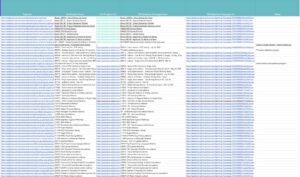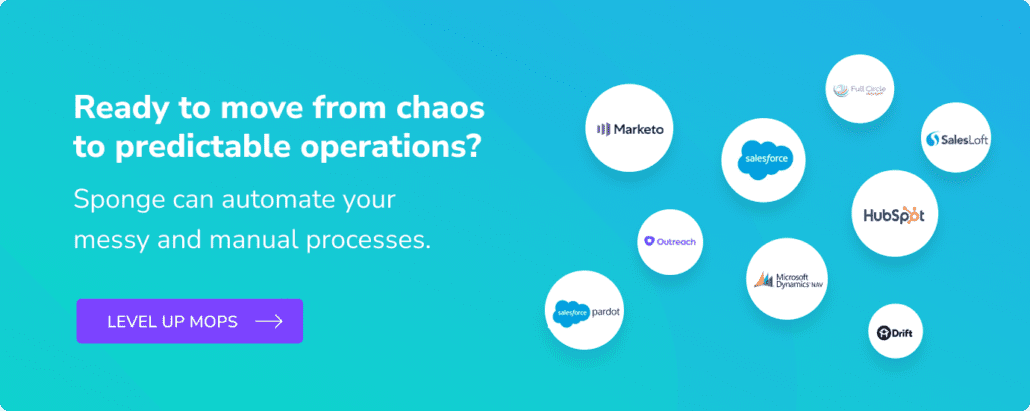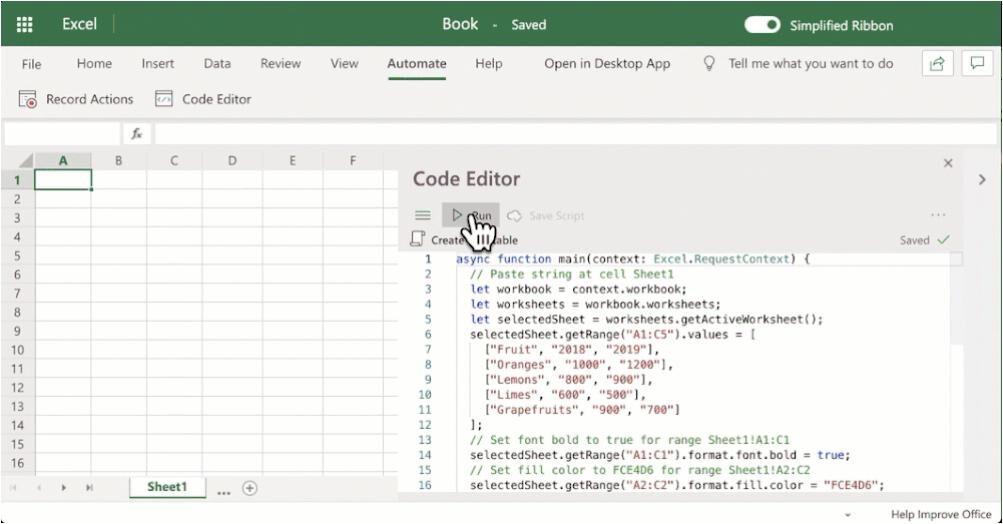Staying organized and documenting as much information as possible is essential for preparing for a Marketo migration. But how do you approach a task as daunting as “documenting everything”? Here are ten steps to help you prepare for a Marketo migration.
Step 1: Review Your Current Funnel and Lifecycle Definitions.
- Examine your current funnel and lifecycle definitions to see if any adjustments are needed. This review can help guide what your metrics should be for each stage.
Pro tip: Ensure marketing and sales teams provide input on this process.
Step 2: Plan out your lead scoring model.
- Developing a lead scoring model can give you a solid starting point. Be sure to avoid the common mistakes associated with lead scoring. Read this tutorial to help you get started.
Pro tip: Involve both marketing and sales teams in this process. Sales is more likely to follow up with Marketing Qualified Leads (MQLs) if they have a say in determining the criteria.
Step 3: Clean Up Your ‘Lead Source’ and ‘Person source’ Picklists.
- Look closely at your ‘lead source’ and ‘person source’ picklists and tidy them up. Consider how attribution will work in your reporting.
- Clearly define each option, when that value should be applied, and what system or person will populate the field value. While this may seem tedious, it will help ensure alignment across all departments this will lead to reports that everyone can agree on.

- Decide whether you want to lock lead source reporting to first touch, last touch, or both. Your choice may require creating additional fields.
- First touch lead source: Refers to how people first enter your database.
- Last touch lead source: This represents the ‘last activity’ that influences someone before a funnel-worthy milestone, such as creating an Opportunity.
- Decide if you want a ‘lead source detail’ field. It can be used to more precisely articulate the details about the channel ‘lead Source’ where the record was acquired. Example: Lead Source = Social Lead Source Detail = Facebook 2025 Campaign
If you want to combine both approaches or explore more sophisticated multi-touch source reporting, consider implementing a tool like Sponge.io’s Custom Funnel Package or software like Full Circle Insights. These tools can provide better insights into what drives people through the stages of the sales cycle rather than relying solely on fields. (Read more about how to pick a marketing attribution model and ways to implement it.)
Step 4: Determine the Channels/Campaign Types You Want
- Comparing channels and lead source values to Google Analytics utm properties —something most marketers are already familiar with— helps clarify the channel differences. “Channels” are similar to “medium,” indicating where traffic is sourced (e.g., Advertising), whereas ‘lead sources’ denote the actual sources of the traffic (e.g., Facebook). Analyzing individual campaigns can be challenging, so organizing data into channels and campaign types makes generating meaningful reports easier.
- Choose a consistent method for structuring your Salesforce campaigns. (Remember, you can read more about how to pick a marketing attribution model and ways to implement it.)
- You should also consider the campaign member statuses for campaign types and channel types, determining which ones signify a ‘Response’ or ‘Success.’ This will help guide reporting.
- Once you accomplish this, you can start planning your program templates (each tactic from each channel will require a template that users can clone and customize to set up marketing campaigns).
Step 5: List Your Forms and Identify Consolidation Opportunities
- Global forms are by far the easiest way to manage forms in Marketo or any MAP. While you may occasionally need localized forms, using a global form approach whenever possible is advisable.
- Create a document listing where forms are used across your website and landing pages. This practice not only serves as useful documentation during migration but also aids in any necessary website changes or redirects.
- Additionally, this will allow you to conduct a valuable content audit, helping you determine which programs need to be created when setting up your Marketo instance.

Step 6: Consider the Functionality You Want in Your Email and Landing Page Templates
- Read here for tips on how to find ways to improve your email template design.
Step 7: Define Your Email Program Structure.
- Check your deliverability. I suggest using a service like Briteverify (or another email cleaning service) to scrub your inactive email list and recycle spam traps before migration.
- Consider moving to a global email management setup if you aren’t already.
- Think about your nurturing processes and how you want to structure them in the new instance.
- Consider if you want a preference center setup and how it should work.
- Define GDPR requirements with legal and plan accordingly.
Step 8: Identify Necessary Integrations and Prepare a List
- You will likely need your CRM (Salesforce is the most common), but are other integrations required? For example, note these if you have an enrichment platform or webinar tool that needs to be integrated into the new instance.
Step 9: Determine Important Operational Fields for Routing and Reporting in Marketo
- This will assist in driving operational program builds, program templates, and your list upload template.
Step 10: Notify External and Internal Teams or Vendors About Required Updates During the Migration
- It’s essential to inform your IT team about any DNS changes.
- Additionally, you should alert your web CMS team about these changes since form implementations will most likely need to be adjusted during the migration process.





